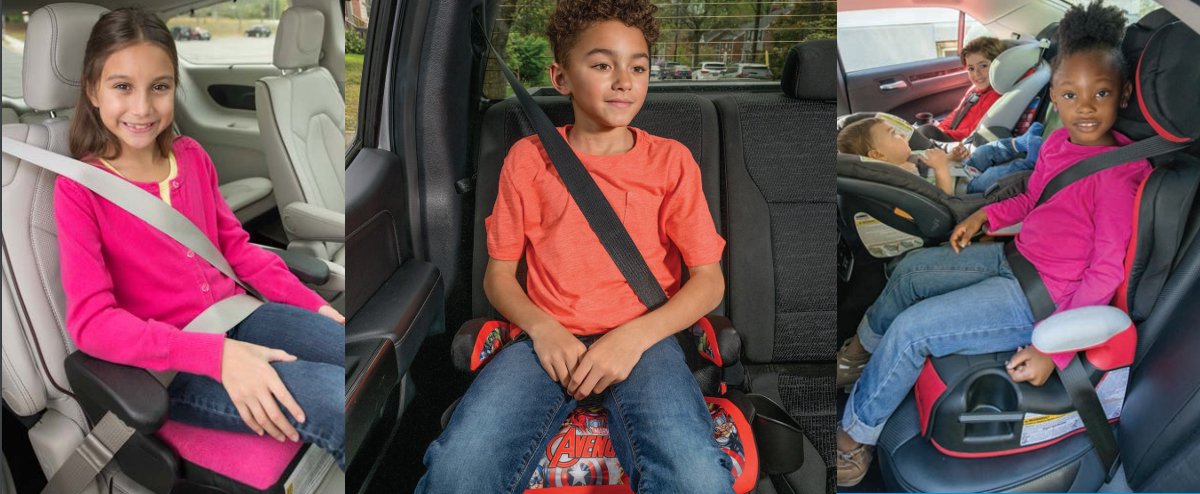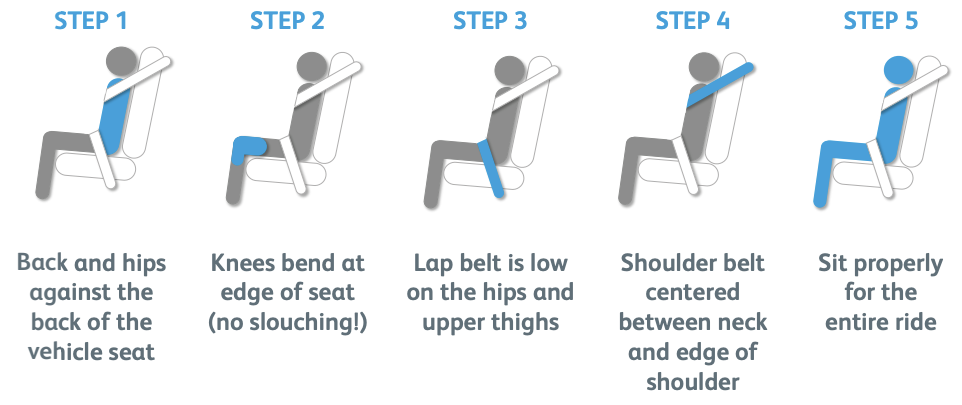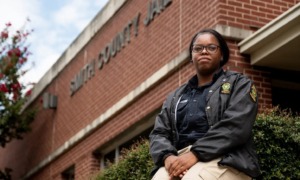Source
Summary
To coincide with National Child Passenger Safety Week (Sept. 15 to 21), Safe Kids Worldwide released a new study, Booster Seat Use in the USA: Breakthroughs and Barriers. It shows that while progress has been made in the last 10 years, an alarming number of children are still not properly buckled up in motor vehicles, putting them at an unnecessary risk of severe and even fatal injuries.
A previous study determined that booster seats can reduce the risk of serious injury by 45% compared to seat belts alone.
This new study, conducted in collaboration with researchers from The Ohio State University and funded by a grant from Chevrolet, was based on an online survey of 3,026 parents and caregivers with children ages 4 to 10 years old. It focused on behaviors and awareness around the use of booster seats, which help protect children who have outgrown a car seat but are too small — under 4’9″ — to be safely, legally, restrained by a seat belt alone.
Only 65% of caregivers were aware that their state had any booster seat laws in place.
The study called for a multi-pronged effort to educate families, particularly those at highest risk, and to adopt public policies to keep kids safe. The goal is for every child to be appropriately restrained for every ride.

Courtesy Kid Safe Worldwide
Children should use booster seats — after growing out of a baby car seat — until the are at least 4’9″ tall and can pass the seat belt safety test (see below).
Key Findings
- Overall car riding risks:
- Four out of five parents moved their child out of a booster seat before the child was big enough.
- Three in four are unaware that kids need to ride in boosters until they’re at least 4′-9″ tall (watch video below).
- Carpooling and school drop-offs or pick-ups risks:
- 30% of caregivers who drive carpools admitted they do not always follow safety rules, letting children ride without the restraints they would normally use.
- 80% of caregivers said they’ve noticed that other drivers do not always follow the rules when driving children.
- Many caregivers reported engaging in unsafe practices to comply more easily with school drop-off and pick-up policies.
Key Safety Facts
- Motor vehicle crashes are the second-leading cause of death for children ages 4 to 10.
- Seat belts are safer than no restraint at all.
- Children who should be in a booster seat but only use a seat belt are at risk of severe abdominal, head and spinal injuries.
- Booster seats can reduce the risk of serious injury by 45% compared to seat belts alone.
- Booster seats save lives and prevent serious injuries but only if adjusted properly.
- Once a child is big enough to use a booster seat, keep using it until they are:
- 4’9″ tall, AND,
- can pass the Safety Belt Fit Test below.
Key Takeaway: Safety Belt Fit Test
How to know when is a child ready for a seatbelt alone.
- Step 1 & 2: Check knees and feet. Your child’s knees should bend at the edge of the seat when their back and bottom are against the vehicle seat back. Their feet should touch the floor for comfort and stability.
- Step 3: Check the lap belt. The vehicle lap belt must fit snugly across the hips or upper thighs.
- Step 4: Check the shoulder belt. The shoulder belt must fit across the shoulder and chest, NOT across the face or neck. Learn more about safe seatbelt use.

The bottom-line message of the report: Buckle up every ride, every time, in the right seat.
- Learn more about car seat safety at safekids.org.
- Find a Car Seat Event or Inspection Station here.
- Remember: A child needs to be at least 57” tall (4’9”) to ride in a seatbelt alone.
View Youth Today's Report Library
***
Safe Kids Worldwide is a nonprofit organization working to reduce unintentional injuries to children ages 0-14 and build equitable and sustained systems that support injury prevention. Since 1988, Safe Kids and its partners have contributed to a more than 60 percent reduction in the rate of fatal childhood unintentional injury in the U.S. Learn more at safekids.org.
The Injury Biomechanics Research Center (IBRC) at The Ohio State University is a multi-disciplinary research center dedicated to investigating the relationships between traumatic injury, physical mechanical properties of the human body, and the unique needs of different populations of vehicle users. The IBRC brings together an interdisciplinary team of engineers, anatomists, anthropologists, physicians, computer modelers and technicians to explore novel approaches to reduce and prevent traumatic injury. The IBRC works closely with several Ohio State departments and many government and industry partners to solve complex health and safety challenges.


























